Skin tags are harmless growths that commonly form on the areas of the body such as the neck, the armpits, or the eyelids. They are usually between 2 mm to 5cm in size, and can form singly or in clusters.
Some people are not bothered by them, but others find them unsightly or irritating. It is possible to have them removed, but this procedure is not available on the NHS because it is considered to be a cosmetic treatment. Therefore the procedure needs to be carried out at a professional skin clinic.
If you notice that the skin tag is growing, multiplying, bleeding, or causing you pain then you should seek medical advice. You should never attempt to remove the skin tag yourself because of the risk of bleeding, infection, or scarring.
One of the safest and most advanced methods of removing skin tags is through freezing them off through extreme cold, known as cryotherapy.
If you have never had a professional skincare treatment before, then it is understandable that you might have some questions about the procedure. Here are some frequently asked questions about one of the most advanced forms of cryotherapy, known as CryoPen.
How does Cryopen treatment work?
The treatment works by delivering an intensely cooled jet of high pressure nitrous oxide directly on the skin tag. The nitrous oxide destroys the skin tissue by causing the water in the targeted cells to freeze and expand, which breaks the cell membrane and causes the unwanted skin tissue to die.
Who is suitable for Cryopen treatment?
Most people will be able to have the treatment to remove skin tags or other minor skin lesions such as warts and moles. It is considered to be suitable for most skin types and areas of the body. However, the skin therapist will make an assessment of your skin and overall state of health beforehand to ascertain if you are a suitable candidate for treatment.
Is the treatment safe?
CryoPen treatment is considered safe when carried out by a qualified professional, with a minimal risk of scarring when compared to other forms of surgical removal. The treatment is very precise and does not contain liquids or gases, so there is a reduced risk of damaging the surrounding tissues. It is considered safe enough to use on children.
Is the treatment painful?
The treatment is considered to be virtually painless, although some patients might feel a mild discomfort such as a slight stinging or prickling sensation. The effects of this can be lessened with a cooling device. It is a very quick treatment with no downtime and simple aftercare.
Follow the aftercare instructions carefully, such as keeping the area clean and protected from strong sunlight or abrasive materials.
How long does the procedure take?
The length of the treatment will depend on the size of the skin lesion and the amount. Small single lesions can usually be removed in one session, but larger areas may require multiple treatments.
